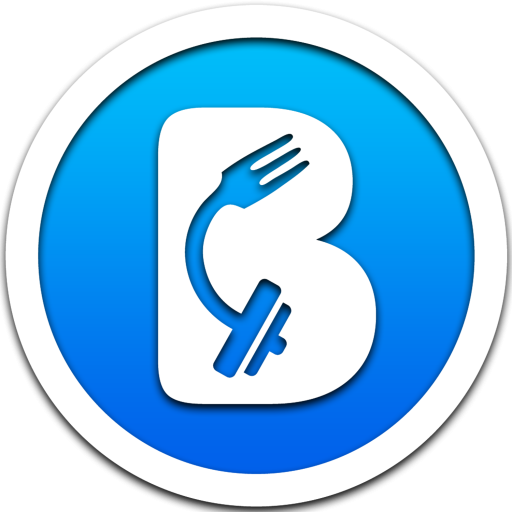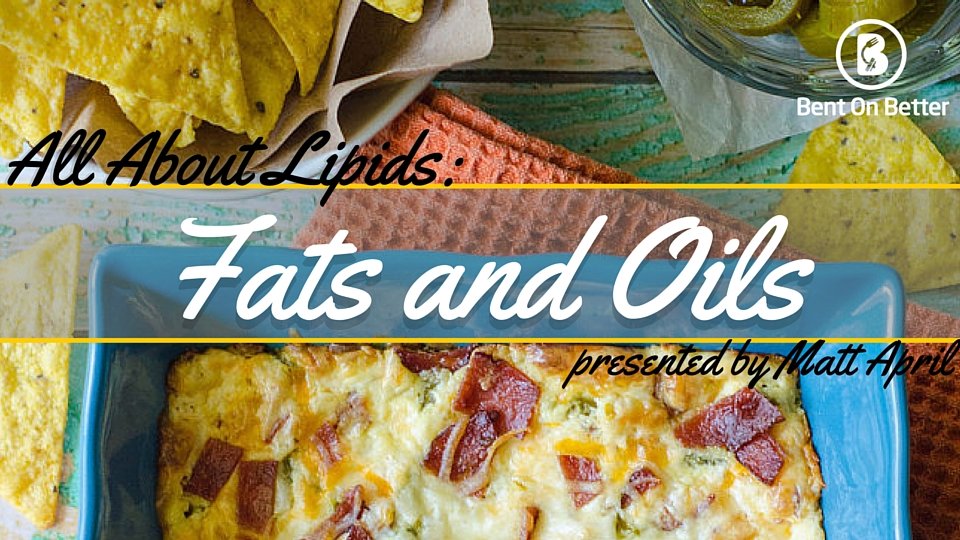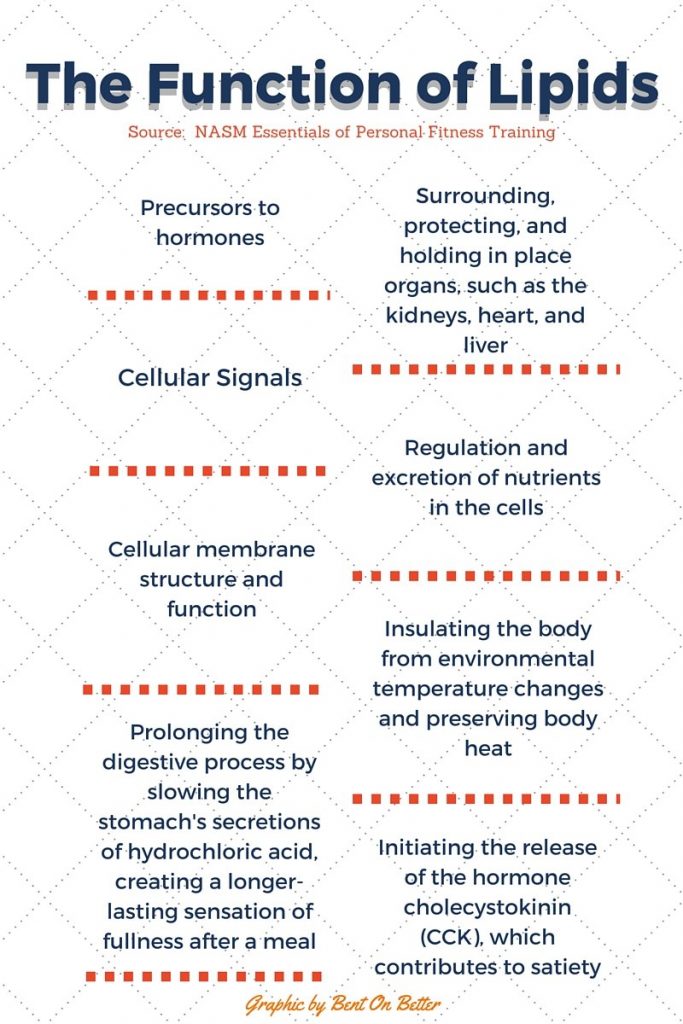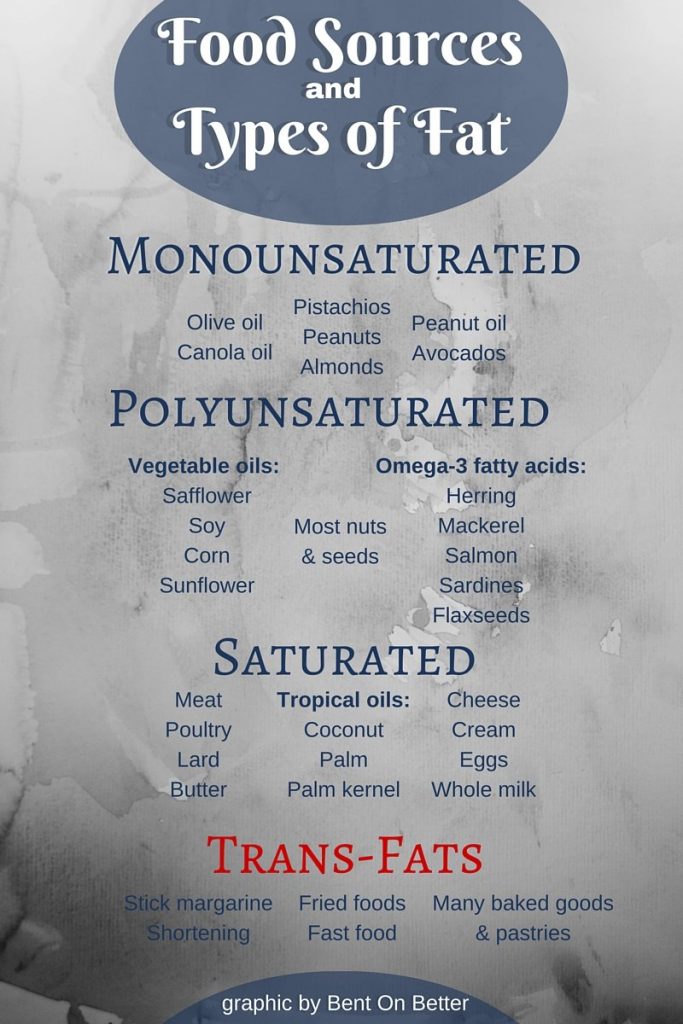All About Lipids – Fats and Oils
All About Lipids – Fats and Oils
The Body Needs Fats For:
-Energy
-Structure and membrane function
-Precursors to hormones
-Cellular signals
-Regulation of uptake and excretion of nutrients in the cells
All About Lipids – Fats and Oils…
Today I want to talk all about lipids, also know as fats and oils. To begin, I want to clarify the terrible rep that fats and oils have received over the years needs to end. Fats and oils do not directly lead to body fat. If you eat fats and oils you will not automatically put on 10 pounds. Actually, eating a well balanced diet that includes carbohydrates, lean proteins, and healthy fats and oils can help you lose weight because fats keep you fuller, longer, but I’ll go a little more into that later!
I love education, so let me just quickly define lipids (more commonly known as fats).
Lipids are a group of compounds that includes triglycerides (fats and oils), phospholipids, and sterols1. A lipid is any one of various substances that contain fat and that are important parts of living cells2. One gram of fat yields 9 calories.
Most lipids in foods and in the body are triglycerides, which are three fatty acids attached to a glycerol backbone. Fatty acids can be broken into two main categories: saturated and unsaturated. Saturated fatty acids are the fatty acids that tend to be labeled “bad” due to the risk factor for heart disease because they raise bad cholesterol levels (low-density lipoproteins; LDL). But guess what, here come unsaturated fatty acids to save the day! Unsaturated fatty acids are associated with increases in the good cholesterol levels (high-density lipoprotein; HDL)! Unsaturated fatty acids themselves are categorized in two parts; monounsaturated and polyunsaturated. Here’s the coolest part, researchers think that both mono- and polyunsaturated fatty acids play a role in the treatment and prevention of heart disease, hypertension, arthritis, and cancer(3).
The Function of Lipids
As I previously mentioned, lipids (or fats) are the most concentrated sources of energy in our diet with 9 calories per gram. That’s more than twice the amount of calories per gram in carbs and proteins! Along with providing energy, fats have many more vital functions in our bodies. Fats are the transporters of fat-soluble vitamins like A, D, E, and K. Fats are also important for the conversion of carotene to vitamin A. Below you can see the full list of the functions of lipids in the body.
Food Sources and Types of Fats
Dietary fats stimulate the release of cholecystokinin (CCK), a hormone that signals satiety. Additionally, fats slow down the digestion of foods which limits the nutrient content in the bloodstream, which can help in blood sugar stabilization.
Below you will find a table of the food sources and types of fats.
Fat-Intake Recommendations
So how much fat should you be consuming? Well, the goal with eating fats is to keep your diet within the guidelines of health. According to the Institute of Medicine, the Acceptable Macronutrient Distribution Range of fat intake for adults is 20-35% of the daily total caloric intake4. Keep your ratio of unsaturated-to-saturated fats favorably higher on the mono- and polyunsaturated side. Consuming more than 35% of your daily caloric intake can lead to overeating and often slows the metabolism, which can result in body fat storage.
Fat Supplementation During Exercise
Remember how I mentioned fats are digested slower than carbohydrates and proteins? Well, this means if you’re looking to fuel or refuel your body prior to or after working out, fats are not the best option. Now, I do think it’s important to mention that most fats are long-chain triglycerides (LCT), which have to go through a whole digestion process that starts in the mouth, moves to the stomach, and is completed in the small intestine (where it spends a lot of time). But medium-chain triglycerides (MCT) are more rapidly absorbed. Although studies are still being conducted on the proof, it has been suggested that MCT could benefit endurance performance by provided energy, sparing muscle glycogen(5-6).
Diets High in Fat – Warning
Consumption of fat over the Acceptable Macronutrient Distribution Range provided by the Institute of Medicine can increase your risks of:
-Hyperphagia (also known as overeating)
-An increased capacity for the body to convert ingested calories into body fat7 (it is metabolically inexpensive for the metabolism to convert dietary fat into body fat store. Only 3% of the calories in fat are required to store it as fat.)
-Heart disease (due to the increased levels of LDL)
-Possible dehydration
-Insulin Resistance and Obesity
You’re a wise individual…I mean, you are reading my blog after all. But I have to remind you that these tips are provided for your information and are not intended as medical advice. Please work with your health care professional to determine what’s right for you. Just remember, eating right starts with you.
[smart_track_player url=”http://traffic.libsyn.com/bentonbetter/All_About_Lipids_-_Fats__Oils.mp3″ title=”All About Lipids – Fats and Oils” artist=”Bent On Better” image=”https://www.bentonbetter.com/wp-content/uploads/2015/06/HEALTHFITNESS.png” social=”true” social_twitter=”true” social_facebook=”true” social_gplus=”true” social_linkedin=”true” social_pinterest=”true” ]
Sign up for the Bent On Better newsletter and get my two FREE eBooks, immediately!
Have you received my two free eBooks for improving your overall wellness? If not, make sure you click the button below to download those eBook and join the Bent On Better newsletter where I share exclusive tips and insights ONLY with my subscribers.
[nz_btn text=”Yes, let’s do it!” link=”https://www.bentonbetter.com/free-ebooks/” target=”_self” icon=”” animate=”false” animation_type=”ghost” color=”purple” size=”large” shape=”rounded” type=”ghost” hover_normal=”fill” hover_ghost=”fill” el_class=”” /]
Thanks for joining me again this week, I’m glad you decided to come back. If you’re new to the blog, welcome! Visit my Start Here page to get the low down on this whole Bent On Better thing.
If you have any questions you’d like addressed personally, feel free to email me at [email protected].
Lastly, don’t forget to subscribe to the show on iTunes to get automatic updates, available for both iOS and Android on Stitcher!
Photo by Fresh April Flours
1. Clark, Micheal, Scott Lucett, and Rodney J. Corn. “Chapter 17/ Section 3.” NASM Essentials of Personal Fitness Training. Philadelphia: Wolters Kluwer Health/Lippincott Williams & Wilkins, 2008. 485. Print.
2. Merriam-Webster. Merriam-Webster, n.d. Web. 05 Oct. 2015.
3. Clark, Micheal, Scott Lucett, and Rodney J. Corn. “Chapter 17/ Section 3.” NASM Essentials of Personal Fitness Training. Philadelphia: Wolters Kluwer Health/Lippincott Williams & Wilkins, 2008. 485-86. Print.
4. Clark, Micheal, Scott Lucett, and Rodney J. Corn. “Chapter 17/ Section 3.” NASM Essentials of Personal Fitness Training. Philadelphia: Wolters Kluwer Health/Lippincott Williams & Wilkins, 2008. 487. Print.
5. Jeukendrup AE, Saris WH, Schrauwen P, Brouns F, Wagenmakers AJ. Metabloic availability of medium-chain triglyceride ingested with carbohydrates during prolonged exercise. J Appl Physiol. 1995;79(3):756-762.
6. Van Zyl CG, Lambert EV, Hawley JA, Noakes TD, Dennis SC. Effects of medium-chain triglyceride ingestion on fuel metabolism and cycling performance. J Appl Physiol. 1996;80(6):2217-2225.
7. Leveille GA. Cloture PF. Isocaldric diets: effects of dietary changes. Am J Clin Nutr. 1987;45(1 Suppl): 158-163.



